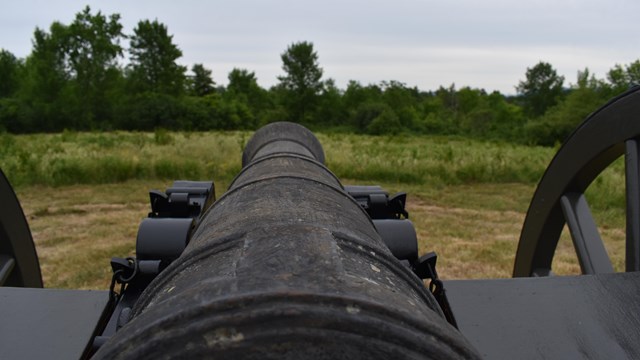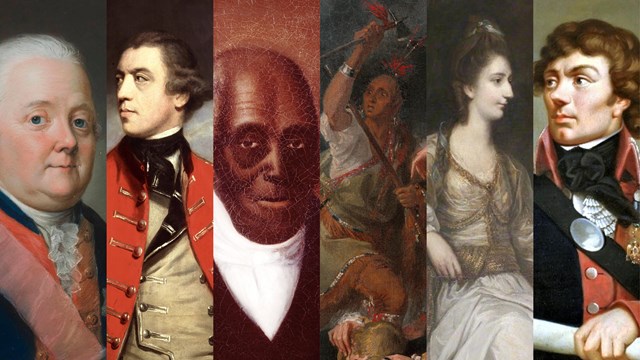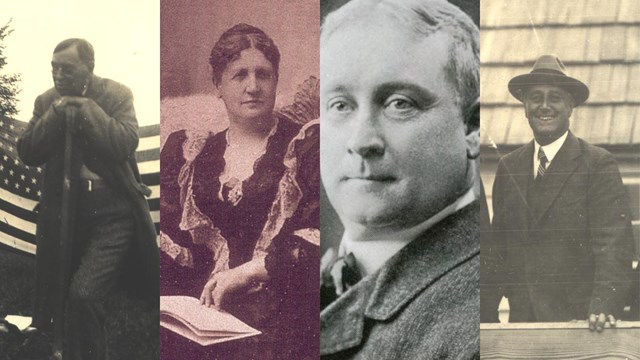
Armies: Choose a Side
During the American Revolution, thousands of people in North America and beyond had to make difficult choices. Where would you have stood? 
Biographies: Revolutionary War Era
Learn about the key historical players from the Battles of Saratoga and the 1777 Campaign 
Biographies: Post-Revolutionary War Era
Learn about the people who helped to create Saratoga National Historical Park In Memoriam |
Last updated: May 2, 2024
